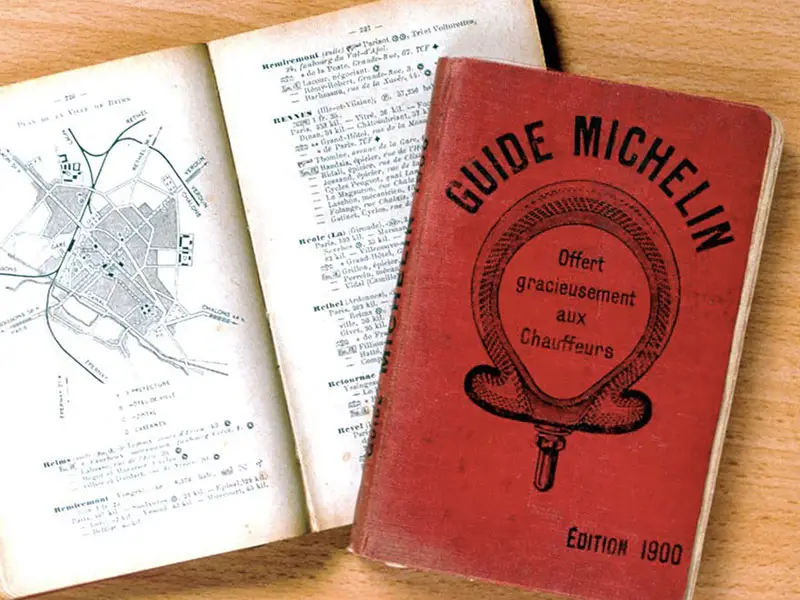The Star and the Silence: Inside the Power of the Michelin Guide
- Unconventional Luxury Magazine

- Apr 23
- 3 min read
Updated: Apr 28

Behind every star is a system—secretive, methodical, and sometimes refused. In the world of fine dining, Michelin is both dream and dilemma.
The Michelin Guide is not just a list. It’s an empire. A red book with the authority to elevate a chef into the global spotlight—or leave them to cook in the shadows.
Founded in 1900 by the Michelin brothers—André and Édouard, owners of the Michelin tire company—the Guide began as a practical handbook for French motorists. In a time when fewer than 3,000 cars roamed the roads of France, their vision was clear: promote mobility, and drivers will eventually wear out their tires. The original guide offered maps, petrol stations, and mechanical tips. It wasn’t until 1920 that restaurants made their debut, and by 1936, the famous three-star rating system was born.
André Michelin, the more visionary of the two, understood early that what people needed wasn’t just information—they needed trust. Their red book, given away for free in its earliest years, became the most powerful voice in travel and gastronomy by simply whispering rather than shouting.
Today, the system is no less meticulous. Each year, a small army of anonymous inspectors—Michelin does not publish the exact number, but industry sources suggest between 80 and 100 globally—visit thousands of restaurants, multiple times, across continents. These inspectors are trained for months, even years, in France, and follow strict guidelines: no photos, no interviews, no favoritism. Their meals are reimbursed. Their identities are protected. They do not announce themselves. They do not post. Their reports are compiled and debated by a central committee.
The criteria? Quality of ingredients. Mastery of technique. Personality of the chef in the cuisine. Value for money. Consistency over time. The stars are not lifetime awards; they are reviewed every year.
Yet, some chefs have chosen to walk away. Among them: Alain Senderens, who returned his three stars in 2005. “It was no longer the kind of cuisine I wanted to do,” he said. In 2017, Sébastien Bras of Le Suquet in Laguiole requested to be removed, citing “immense pressure.” Others like Marc Veyrat have taken Michelin to court, demanding to know why they were downgraded.
In 2008, Olivier Roellinger, celebrated for his poetic seafood in Cancale, also gave up his three stars, explaining: "I want to live another life, with less tension, and more freedom." In 2014, Julio Biosca, chef of Casa Julio in Valencia, gave his star back, noting that the pressure to meet Michelin expectations was incompatible with the kind of relaxed, joyful food he wanted to serve.
Fredrik Andersson, Swedish chef at Volt in Stockholm, closed his Michelin-starred restaurant in 2019, stating that he wanted a more human rhythm and less institutional weight. "It became about stars, not guests," he told Dagens Nyheter.
More recently, Manoella Buffara, one of the most prominent figures in Latin American gastronomy, chose not to pursue Michelin stars when opening her new restaurant in Brazil, arguing for a different kind of recognition—one rooted in community impact, not international ratings.
It’s a paradox: a system that honors creativity can also constrain it.
And yet, chefs keep chasing it. Cities and governments lobby for it. Diners trust it. Michelin still holds an aura of mystique, partly because it never sells the spotlight—it lends it.
ULM Insight:
The power of the Michelin Guide lies not in stars, but in secrecy. It feeds our obsession with mastery and mystery. But in the age of transparency and social proof, how long can silence remain luxury’s most persuasive voice?

.png)

